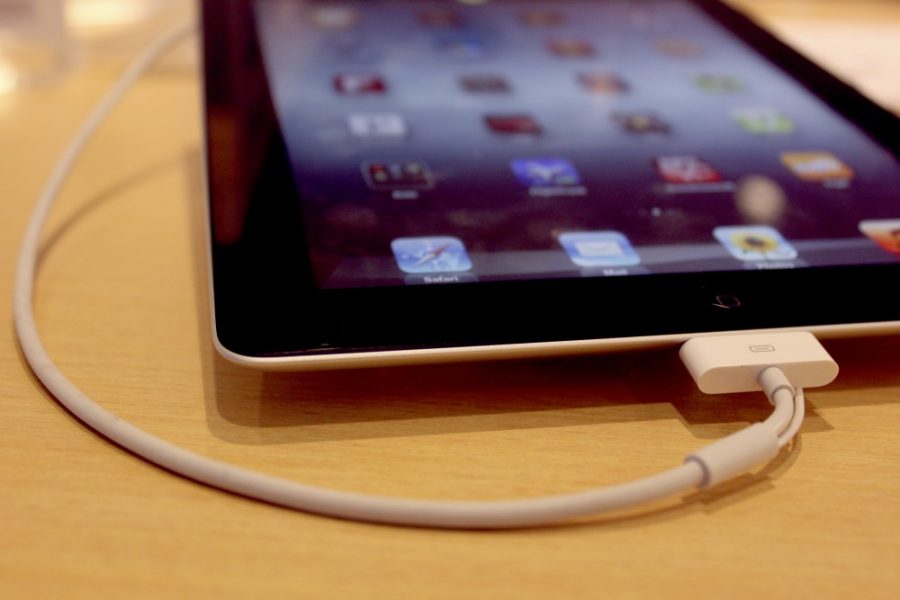The end of paper textbooks might be near as a technology discussion aims to spark professor interest for computer interactive textbook development.
During part of a technology series hosted by the UofA Bookstore called Tech Tuesday, speaker Michael Griffith, associate director of Biomedical Communications, talked to an audience of about 20 faculty members and graduate students Tuesday at the bookstore on how they could use iPads to create books or interactive modules for courses.
“The days of reading a paper book and flipping pages are just not going to do it for students,” Griffith said. “They need to be able to engage in the content.”
Part of the ArizonaMed iPad Pilot Project, in which 107 first-year UA medical students were presented iPads to use for all four years of their education, the discussion was geared toward showing how educators can make the most out of their tablets. Next semester the iPad Pilot Project will expand to provide iPads to all UA medical students.
“Because all of our students in the College of Medicine will have an iPad in the next year, it kind of gives me license to present these applications here today,” Griffith said. “But it is not until every student in our college will be about to have an iPad that we can incorporate this into classrooms.”
During the presentation, Griffith showed how professors could use applications like iBooks, a program that allows users to create their own books, and embed other applications into it to make it interactive for student learning. This includes video, illustrations, 3D models and quizzes. Another application called Explain Everything can serve as an online whiteboard where professors can record and illustrate some of the concepts they are trying to teach.
“It’s a way to bring content from the Internet into the book,” Griffith said. “And I am pretty excited bout this.”
Jill Newby, an associate librarian for the UA Main Library who attended the event, said she thinks more students will be carrying tablets instead of laptops in the next few years. She teaches a one-credit course online through the library and anticipates using this technology when it becomes more readily available.
“We already have some iPads at the library and wanted to see if we could develop educational programs for them,” Newby said. “It takes some exploration to find what works.”
Chelsey Sands, an education graduate student, said she attended the event because she is working on app development for a class and thinks more programs on the iPad will be for educational purposes.
“I would love to have interactive textbooks in any class instead of carrying around heavy textbooks,” Sands said. “And I think the technology for this has progressed really fast.”
Griffith said he hopes that by teaching professors how to use this new technology he will be able to show that the iPad can be used for more than entertainment.
“It is about improving learning,” Griffith said. “Yeah, it is a cool toy and they look really good, but unless we can figure out a way to bring something to the learning process, then why put in the effort? Because it does take time.”









